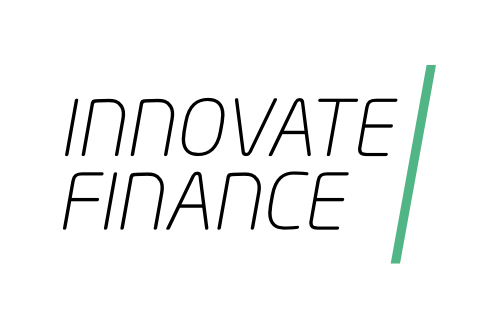As the new Labour government makes workers rights a key policy priority with its ‘Make Work Pay’ plan, business leaders must continue to invest in their flexible work policies.
With four-day work weeks, ‘quiet vacationing’ and ‘workcations’ trends all on the rise, employees are reaping the benefits that a flexible work schedule brings. So much so that according to data from our latest State of Hybrid Work Report, a quarter of UK employees are willing to accept a 15% pay cut in exchange for a shorter working week. And it’s not just employees who benefit – nearly 1 in 2 (48%) of managers admit that their teams are more productive adopting hybrid work.
However, to avoid flexible policies turning into an ‘always on’ mentality or the doubling up of workloads, business leaders need to set clear expectations by implementing streamlined processes and a robust tech stack. Employees will, therefore, be in the best possible position to collaborate while working to their own schedule.
The holiday period and asynchronous working
As employees look to make the most of work from anywhere policies, the summer months often give rise to ‘workcations’ where team members look to extend their holidays by working from abroad. With teams dispersed across different locations and time zones, business leaders must embrace asynchronous work strategies which enable employees to complete tasks and communicate without relying on real-time team interactions.
For instance, rather than having traditional standing meetings in-real time, organisations can leverage platforms like Yammer to keep employees updated at any time. This affords each team member the flexibility to catch-up and respond on their own schedule, keeping the team connected and informed about business initiatives and timelines in an asynchronous work environment. Setting clear expectations around when employees should respond is crucial to asynchronous work policies.
Digital platforms that act as a single source of truth are also essential to offering centralised information management, progress tracking and file sharing. This ensures all team members – regardless of individual schedules -can access up-to-date resources and project materials, and see the latest progress.
Embracing flexibility with a task-based approach
Unsurprisingly, flexibility remains one of the UK’s most desired work benefits. As it stands, over half (54%) of UK workers state that hybrid working is their preferred work structure. Business leaders, therefore, need to make sure that their teams feel empowered to manage their own work loads. Adopting a task-based working approach, where employees choose their working location based on their task list for that day, will not only boost productivity but employee satisfaction as well.
While high-energy workshops, client meetings and team bonding activities often thrive at the office, tasks which require deep focus time such as data analysis and report writing are typically best suited at home with fewer office distractions. However, this might not always be the case, especially for those with young children or other carer duties. Allowing your team members to choose their working pattern based on their daily task list and how they work best is key to making flexible working policies a success.
An AI passport to better workplace flexibility
A robust tech stack is key to facilitating a more flexible way of working and allows those working remotely to feel part of the team regardless of location. Current tech trends provide employees with flexibility while enabling managers to foster a sense of team cohesion.
For instance, AI-powered tools are revolutionising the way meetings are conducted. AI assistants such as the Copilot attend meetings on an employee’s behalf, taking notes and providing comprehensive summaries. Through the power of AI, employees can also receive an action list straight after each meeting, including all key deadlines to streamline their workday and boost their productivity levels. This not only means that post-meeting actions can be implemented more effectively but also allows team members to focus on more challenging and strategic tasks. As a result, workers are in a better positon to keep pace with different individual schedules.
The rise of digital collaboration platforms levels up the capabilities of remote workers even further. Interactive whiteboards, for example, provide virtual spaces where team members can collaborate in real-time or asynchronously, perform brainstorming sessions or conduct interactive presentations regardless of their time zone or location. Supported by advanced meeting technologies, such tools offer features like spatial audio, which helps remote attendees better understand who’s speaking, keeping the participants equally engaged.
Whether businesses are looking to implement a four-day work week or empower team members working from anywhere over the holiday period, successful hybrid work policies need to empower employees. Through a blend of innovative working strategies, smart remote policies and a robust tech toolkit, business leaders can help their team to be as productive as possible, regardless of location.
Share via:










































